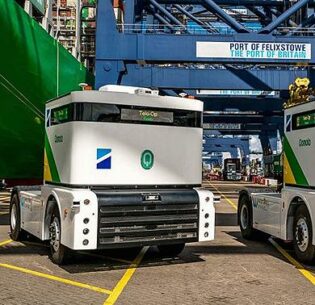WASHINGTON, DC, September 24, 2023 (Maximpact.com Sustainability News) – Drought is spreading as the climate heats up, stressing scarce water resources. To find the water they need, many governments and industries are looking to water recycling and reuse of the purified wastewater, and new technologies are being implemented everywhere in this fast-growing market.
+Read More












